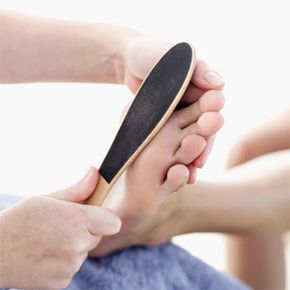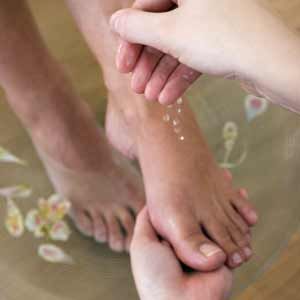You might say your feet are the unsung heroes of your body. On a daily basis, your feet support a force equal to hundreds of tons. It's little wonder, then, that most people experience foot problems at some point during their lives [source: APMA General Foot Health].
Foot problems can be caused by something as simple as forgetting to wear flip-flops in your gym's shower one day, or they may be caused by long-term abuse and neglect. Fortunately, a daily foot skin care regimen can go a long way toward avoiding and alleviating many foot problems.
Advertisement
Good foot skin care contributes to overall good health. If you're diabetic, excellent foot care is absolutely vital. Diabetes can damage foot nerves and reduce blood flow. If you're diabetic and have suffered nerve damage, you may not even realize that you've developed a blister. Diabetes also makes it harder to resist infection, and healing can be a real challenge.
Good foot hygiene is also crucial for people with peripheral artery disease (PAD). People with PAD or diabetes should always consult with a doctor about any foot concerns [source: Klobassa]. Finally, age makes people more susceptible to certain foot problems. Being aware of and caring for potential problems early on can make it easier to address them before they become a serious problem.
Keep your feet happy and they'll serve you well for many years to come. In this article, you'll learn what it takes to put your best foot forward at all times. Take your first step in the right direction and read on to discover the importance of daily foot cleansing.
Advertisement

